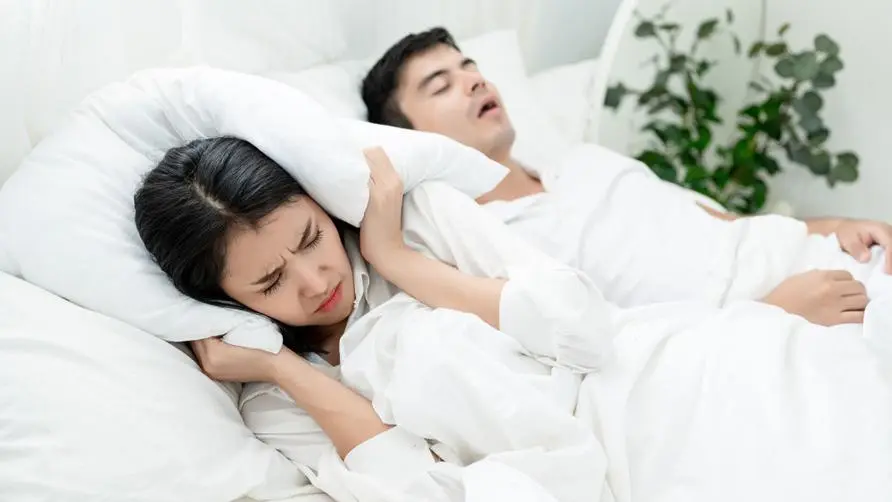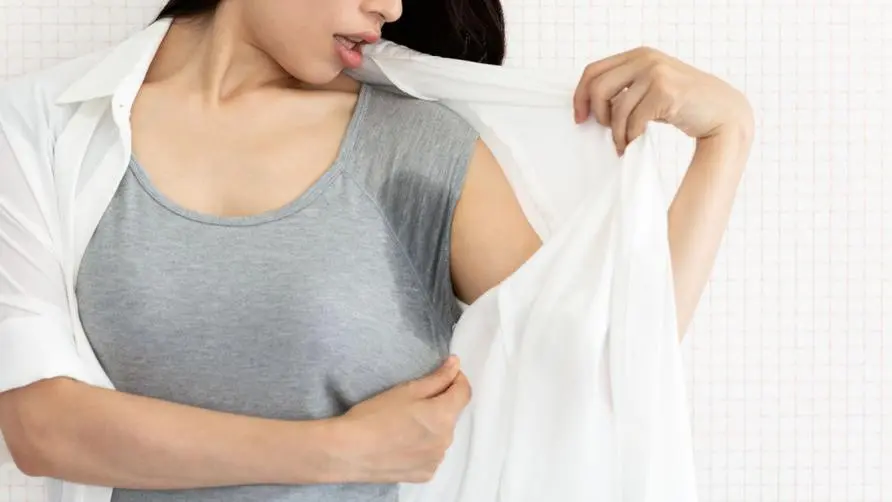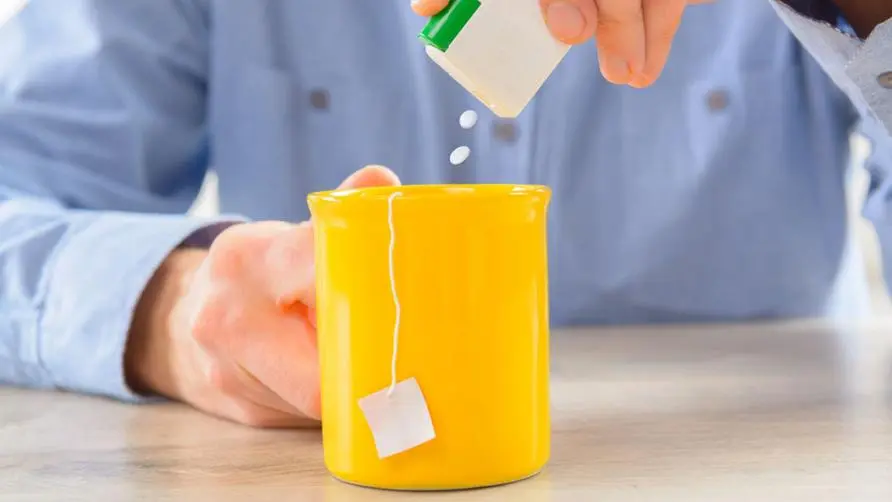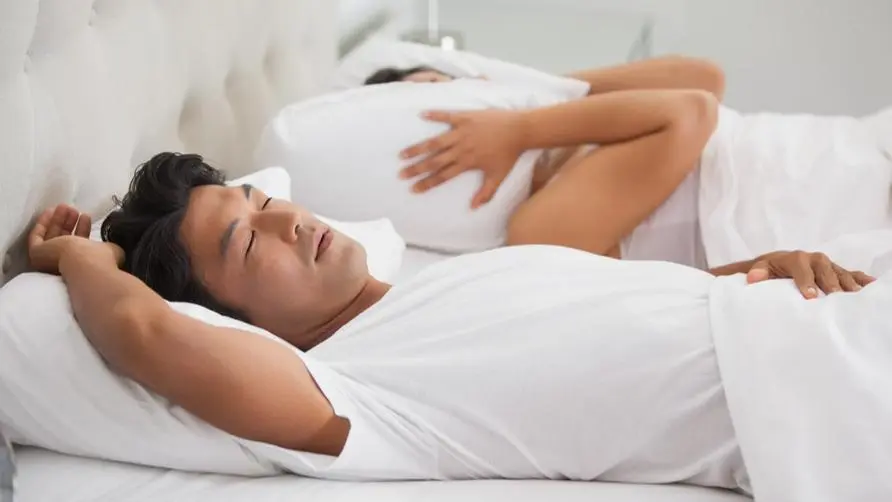Sleep apnea may cause myocardial infarction and cerebral hemorrhage! What is the "continuous positive pressure respirator" that Biden is also wearing?

Serious fear of chronic hypoxia! Biden wears positive pressure respirator due to sleep apnea
The 80-year-old US President Joe Biden is reportedly receiving treatment for sleep apnea by wearing a continuous positive airway pressure (CPAP). Sleep apnea can be divided into obstructive, central and mixed types. Among them, obstructive sleep apnea (OSA) is the most common type of sleep breathing disorder and the most common sleep breathing disorder in elderly patients. Abort type.
The causes of sleep apnea include obesity, structural abnormalities of the upper respiratory tract, and decreased muscle tone in the larynx and pharynx, etc., which lead to repeated collapse of the upper respiratory tract and cessation of airflow in the respiratory tract. Sleep apnea syndrome occurs when an adult has more than 5 apneas or hypopneas per hour, lasting more than 10 seconds each time and accompanied by a drop in blood oxygen concentration. In severe cases, it can cause chronic intermittent hypoxia and increase cardiovascular disease. and metabolic disease risk
Due to the degradation of anatomy and respiratory control function, the risk of sleep apnea in the elderly is higher than that of younger people. About 10-30% of people over 65 years old suffer from sleep apnea, while the symptoms of sleep apnea in the elderly are less obvious. , cognitive function degradation is easily misunderstood as natural aging, which can easily delay diagnosis and treatment.
Not only obesity but also short chin are high risks! Doctor: Sleep apnea may cause sudden death during sleep
The news that Biden wears a continuous positive pressure respirator has drawn attention from all walks of life to sleep apnea disorder in the elderly. Dr. Chen Zhijin, director of the Sleep Center of Chi Mei Medical Center, also posted on the social media that “snoring and sleep apnea” not only occur in groups such as obesity, short chins, tall and thin bodies, but also occur to a considerable extent in the elderly, especially .
Dr. Chen Zhijin said that patients with sleep apnea are prone to frequent nocturia at night, are depressed during the day, are prone to dozing, and may also experience poor memory and concentration. If sleep apnea is not treated, it will not only cause It increases the risk of myocardial infarction, stroke, and cerebral hemorrhage, and also increases the chance of traffic accidents. There is also a certain chance of sudden death in sleep. Wearing a “Continuous Positive Airway Pressure” (CPAP) while sleeping is the current standard. Effective treatment modalities.
Severe sleep apnea increases mortality! Continuous positive airway pressure respirator is the first choice
The impact of obstructive sleep apnea on health cannot be underestimated. Severe sleep apnea (AHI greater than 30 times/hour) may significantly increase mortality. Harvard Medical School also reminds that in addition to apnea, patients may also Choking or wheezing sounds may occur, but most people may not be able to detect them on their own. A bed partner or family member needs to observe the reaction. Sleep apnea can cause excessive daytime sleepiness, which can lead to fatal accidents.
Current treatments for sleep apnea include changing sleeping positions (using side sleeping pillows or mattresses), losing weight for overweight people, wearing anti-snoring braces (pull the tongue and soft palate forward to increase the airway), and wearing anti-snoring braces. Wearing a continuous positive airway pressure respirator, surgical treatment (such as suspensory and laryngoplasty surgery), tracheostomy, etc. Among them, a continuous positive airway pressure respirator can maintain a clear airway and is a symptom of moderate to severe sleep apnea. preferred method of treatment.
Taiwan Food and Drug Administration pointed out that the working principle of continuous positive airway pressure respirators is to provide a positive pressure airflow through the built-in air motor, enter the respiratory tract after passing through the mask, and be equipped with a pressure or flow sensor, or It is a heating and humidifying function that improves breathing comfort when worn and keeps the patient’s respiratory tract open during sleep. However, you should pay attention to the operating pressure of the machine when using it, and return regularly to track your condition.
Source:
Snoring and Sleep Apnea - Harvard Health Publishing
Wang Xinyi Lin Kunpei: 〈 Obstructive sleep apnea in the elderly> Taiwan Lao Zhi Volume 10 Issue 4
Further reading:





